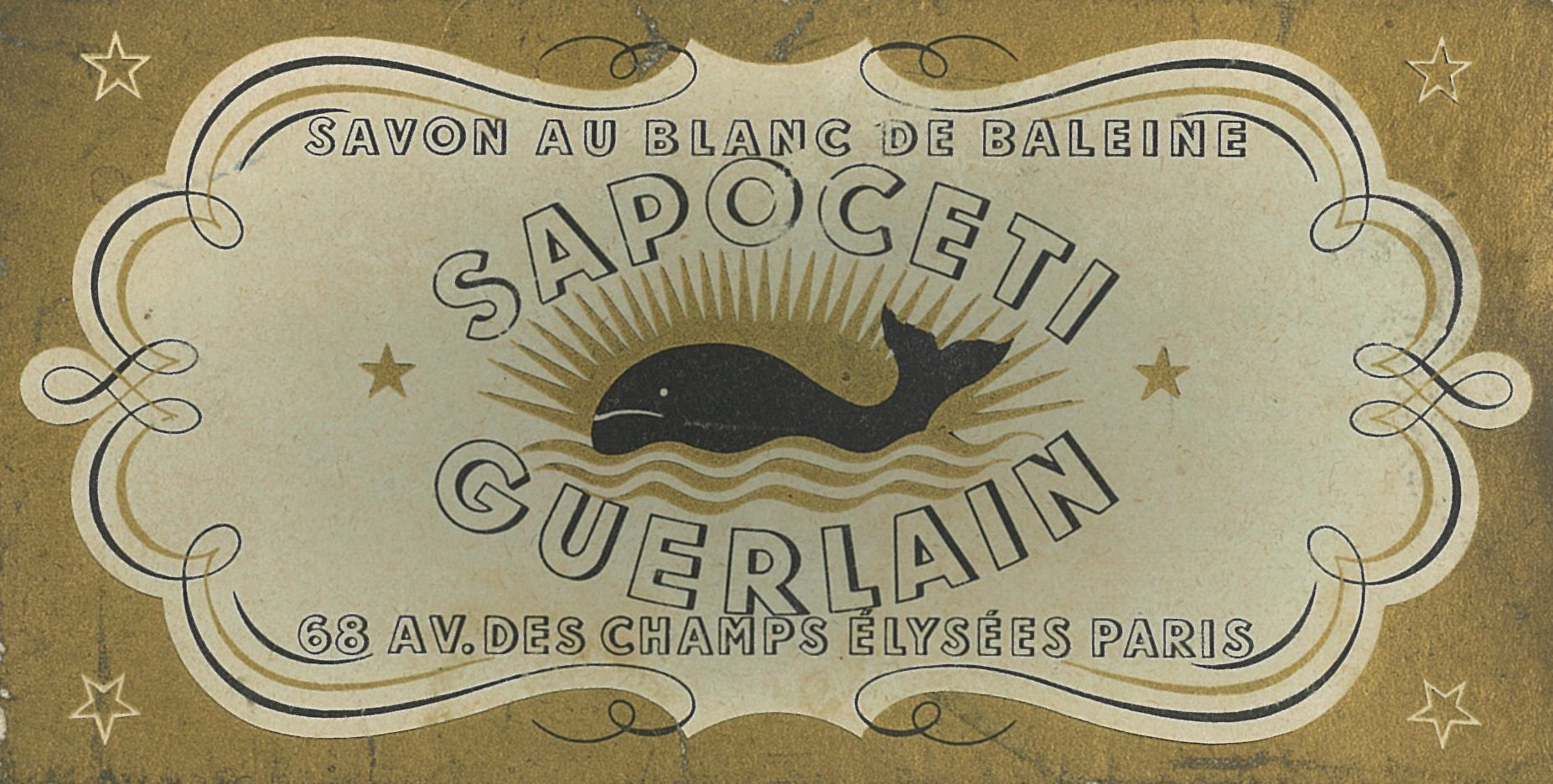International Whaling Commission
Portoroz – Press release n°2
The ecocide of whales, out of sight and out of compassion and for the greatest profit of civilian and military industrialists, had turned the global ocean red from 1900 to 1989 before it almost died out in the year 2000. But there remain embers and resumptions of fire. Stories about the sovereignty and food supremacy of humanity and the upholding of traditional cultures are heard and still unfortunately being tolerated and even encouraged.
The debates within the International Whaling Commission are evidence of this and the draft resolution on “food and nutritional security” introduced by Gambia, Guinea, Antigua and Barbuda and Cambodia, four States representing Africa, America and Asia, is the latest surge. Based on the Universal Declaration of Human Rights, this draft resolution calls on the IWC to set up an ad hoc committee to determine how whales could in the future contribute to feeding “many of the world’s populations”.
Between 1900 and 2000, nearly 3 million whales were killed in the world ocean, in both the northern and southern hemispheres (1). And yet, this assessment is far from exhaustive. It is the result of the compilation of all historical archives of the IWC and takes account of the discoveries in 2013 of the falsifications and omissions of the Russian whaling fleet. But the undeclared catches of other countries and the poaching of pirate whalers are by definition unknown. 874,000 fin whales, 762,000 sperm whales, 379,000 blue whales, 250,000 humpback whales and other species were executed. Until the 1980s, with plateaus before and after World War I and before and after World War II, cetacean chemistry combined with petrochemistry and carbochemistry made the world go round. With blue whales and other large cetaceans, industrialists produced lubricants, glycerin, margarine, medicines, body hygiene products, fertilizers and co-products used in paints and varnishes. Whales on earth were in everything, and almost no longer in the oceans. No species has recovered from this near-eradication.
There are less than 10,000 blue whales in the world ocean and like all whale species that feed on plankton, they now have enemies other than harpoons. After the whale rush, it is now the krill rush. A humpback whale consumes 3 tons of krill per day but trawlers operated by Norway, South Korea, Ukraine, Chile and China capture between 450,000 and 620,000 tons each year off the Antarctic Peninsula. The krill market, especially for krill oil to supply aquaculture, is booming. From a financial point of view, it should reach one billion dollars within 3-4 years. Between January and June 2021, off the Antarctic Peninsula, a Norwegian trawler captured and drowned in its krill net 3 juvenile humpback whales and at least one new capture occurred in January 2022.
This modern threat is not mentioned in Portoroz. However, it is essential to discuss for mysticete whales, who could face a new death sentence if fishing for Antarctic krill and other planktonic species was to develop without restriction and transparency in other seas around the world.
On the other hand, the IWC should consider in the coming hours a proposal for a South Atlantic whale sanctuary that would connect to the south with the Southern Ocean sanctuary around Antarctica and with the Indian Ocean sanctuary. Its northern limit would be the equator. To the north, whales off the Amazon Delta and Gabon would also be protected from a possible resumption of commercial whaling. The duration of this sanctuary would be at least 20 years.
(1) Emptying the Oceans: A Summary of Industrial Whaling Catches in the 20th Century, Marine Fisheries Review 76 (4), 2014
 Imprimer cet article
Imprimer cet article










